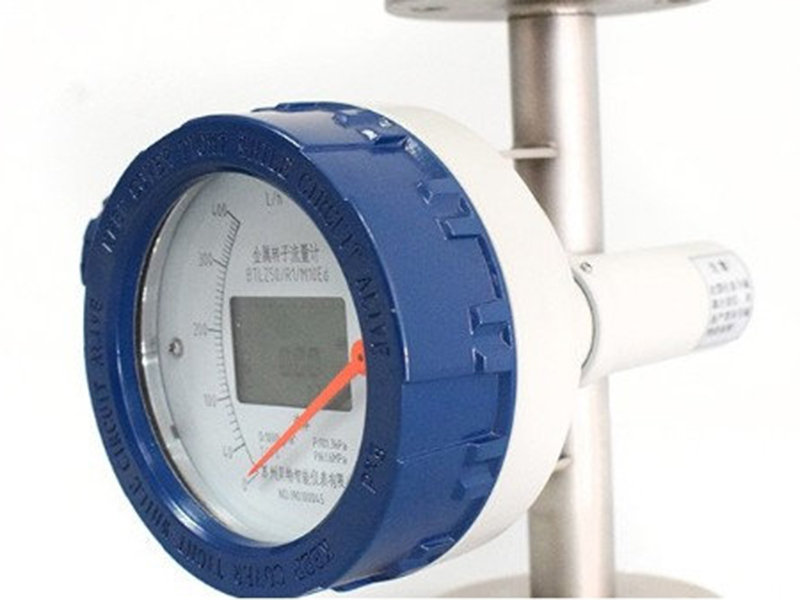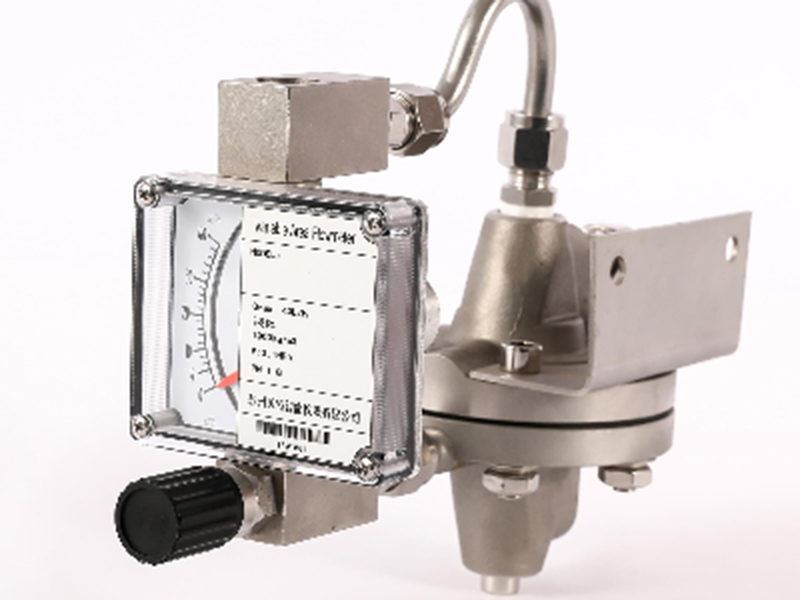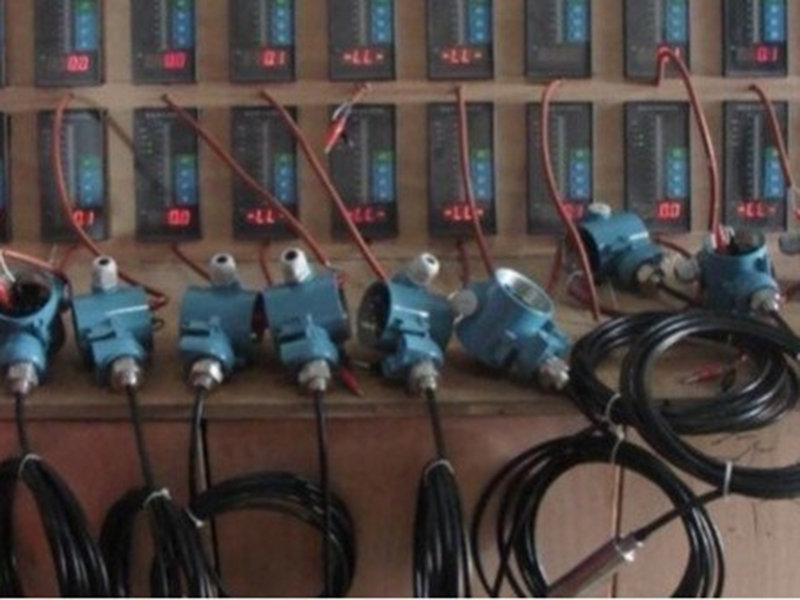Análisis de las técnicas de mantenimiento de caudalímetros electromagnéticos
Ningún producto puede escapar a sus propias leyes y reglas, y lo mismo ocurre con los caudalímetros electromagnéticos. Para utilizarlo con mayor eficacia, es inseparable de su mantenimiento y cuidado diarios. ¿Cómo mantener y cuidar el caudalímetro? Suzhou Beite-Intelligent Instruments tiene metodos especiales a los que prestar atencion, que no solo pueden hacer que el flujometro sea mas efectivo, sino tambien prolongar su vida util.
Cuando el caudalímetro electromagnético no está en uso, o lo llamamos parada, debemos adoptar métodos de mantenimiento razonables y eficaces para el caudalímetro. Habrá un periodo de tiempo en el que los datos de medición sean inexactos durante el uso del caudalímetro. De hecho, esto no es necesariamente un problema causado por la calidad del caudalímetro.
En primer lugar, debemos comprobar el estado externo del caudalímetro, como si la fuente de alimentación está intacta, si la tubería está dañada o el medio de la tubería no está lleno, si hay burbujas en la tubería, si el cable de señal está dañado y si la señal de salida del convertidor (es decir, el circuito de entrada del instrumento trasero) está abierto. Cuando nos encontremos con problemas, debemos tratarlos con calma, eliminar la situación desde fuera hacia dentro, y recordar no desmontar y reparar el amperímetro a ciegas. Debemos saber que la mayoría de los problemas suelen deberse a que la gente no sigue las instrucciones ni realiza un mantenimiento razonable del caudalímetro.
Después de hablar del mantenimiento del caudalímetro electromagnético, ¿cuáles son los fallos de uso?
Análisis de la causa del fallo: Cuando la señal de salida excede el valor de rango completo, se pueden considerar las siguientes razones
Hay una falta de conexión líquida entre el electrodo y el sensor, y el líquido cristaliza, introduciendo así interferencias eléctricas; o los cables están desconectados entre sí, provocando errores de cableado; el sensor y el transmisor no están correctamente adaptados, provocando errores de ajuste.
Medidas de resolución de fallos
En primer lugar, es necesario determinar si la localización concreta del fallo se encuentra antes o después del sensor o en el instrumento. Se produce antes del sensor, es decir, en el cable de señal (ignorando la posibilidad de fallos internos en el instrumento); después, es el propio sistema DCS o el propio sensor.
En segundo lugar, compruebe si el cable está completamente cubierto y si el electrodo está en pleno contacto con el líquido. Normalmente, el circuito de señal del caudalímetro electromagnético está formado por el extremo de conexión, el cable, el líquido entre los electrodos y los electrodos. No sólo debe comprobarse la continuidad y la conexión del circuito, sino que también debe verificarse cuidadosamente el modelo de cable para asegurarse de que el contacto es correcto y coincidente, y confirmar que el aislamiento cumple los requisitos.
Una vez más, confirme la precisión del valor de preajuste, el punto cero y el fondo de escala del convertidor. El caudal, el calibre y los parámetros de ajuste entre el sensor y el convertidor deben ser coherentes. A continuación, compruebe el instrumento inferior. Si se comprueba que la intensidad de la señal supera el rango, deberá aislarse eléctricamente a tiempo. Además, compruebe las interferencias eléctricas introducidas por el propio líquido. Si no hay corriente, puede utilizarse un osciloscopio o un multímetro para detectar las interferencias. Por último, compruebe el propio transmisor.



